Handwriting to Text: Use These Free OCR Tools for Note Conversion
In the age of digital tools, converting your handwritten notes into text can save time and keep your work organized. Whether you’re a student with messy class notes or someone who loves journaling by hand, free OCR (Optical Character Recognition) apps can help. These apps scan your handwriting and turn it into editable, searchable text. This guide walks you through the best free OCR apps, how they work, and tips to get the best results.
What Is OCR and How Does It Work?
OCR, or Optical Character Recognition, is a technology that reads and interprets text from images or scanned documents. Initially built to detect printed typefaces, modern OCR software now includes advanced algorithms capable of recognizing handwritten characters.
Here’s a simplified breakdown of how it works:
- A photo or scan of a handwritten page is uploaded to an app.
- The app analyzes the visual patterns and shapes of the text.
- It matches those patterns to a digital text library.
- It then outputs the corresponding characters in editable form.
Today’s OCR engines, enhanced with machine learning, can handle varying writing styles, although neatly written text will always deliver better results.
Why Convert Handwriting to Text?
Handwritten notes offer freedom and flexibility, but they come with limitations—like being hard to share, search, or store securely. OCR apps resolve these challenges and offer multiple advantages:
- Better Organization: Digital notes can be sorted, tagged, and stored in the cloud.
- Faster Editing: Users can quickly make changes to the converted text.
- Easy Sharing: Notes can be emailed or uploaded instantly.
- Search Functionality: Digitized text can be searched using keywords.
- Backup & Security: Digital copies can be saved in secure cloud storage.
These benefits make OCR tools extremely helpful for students, professionals, writers, and anyone who deals with handwritten material.
Best Free OCR Apps to Scan Handwritten Notes
A number of reliable OCR apps are available for free on both Android and iOS platforms. Below is a look at some of the most effective apps designed to convert handwriting to text.
Microsoft OneNote
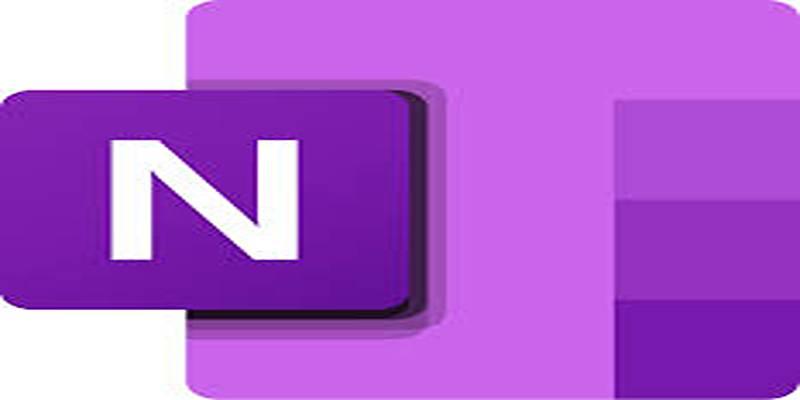
OneNote, part of the Microsoft Office suite, is more than just a note-taking app. It includes a robust OCR tool that can read handwriting from images.
Key Features:
- Recognizes both printed and handwritten text
- Syncs notes across devices
- Supports image imports and PDF attachments
How It Works:
Users can insert an image of handwritten notes into OneNote. By right-clicking on the image and selecting “Copy Text from Picture,” the OCR engine extracts the text, which can then be pasted elsewhere. For many users, it’s a simple and efficient tool that fits seamlessly into their workflow.
Google Keep
Google Keep is a lightweight, cloud-based note app that includes OCR functionality. It’s ideal for quick tasks like converting brief handwritten lists or short notes.
Highlights:
- Available on Android, iOS, and the web
- Simple interface
- Syncs with Google Drive
How It Works:
After inserting an image into a note, users can tap on the image, click the menu (three dots), and select “Grab Image Text.” Google Keep then extracts the text and places it directly into the note.
Adobe Scan
For those looking to create PDFs with built-in OCR, Adobe Scan is a solid option. While its primary focus is document scanning, its OCR feature works well with both printed and legible handwritten text.
Top Features:
- Converts images into searchable PDFs
- Auto-detects document edges
- Integrates with Adobe Cloud
Usage:
Users take a photos of their handwritten content within the app. Adobe Scan processes the image and applies OCR automatically. The result can be exported as text or saved as a searchable PDF. Before moving to the next app, it’s worth noting that Adobe Scan also includes useful tools for cropping, rotating, and cleaning up images for better OCR accuracy.
Pen to Print
Unlike most apps that treat handwriting as an add-on, Pen to Print focuses entirely on converting handwritten notes to digital text. It’s a standout option for anyone who regularly works with physical notebooks or journals.
Benefits:
- Designed for handwriting recognition
- Supports editing after conversion
- Useful for scanned class notes, letters, or journals
Workflow:
Users take a photo or import an image into the app. The OCR engine then scans and extracts the handwriting. The resulting text can be saved, shared, or exported into other formats. While Pen to Print includes paid options, the free version offers enough features to be useful for basic needs.
Text Scanner [OCR]
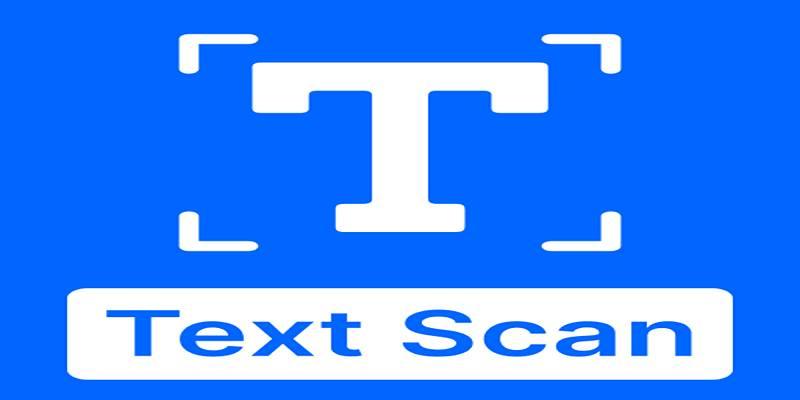
Text Scanner is a quick and powerful app known for its fast processing and high language support. It performs well with printed text and also recognizes handwritten content with fair accuracy.
Features:
- Supports over 50 languages
- Works offline
- Fast scanning and exporting
Process:
The user opens the app, takes a photo, and allows the OCR engine to process it. The extracted text is then available for copying, sharing, or editing. This app is particularly useful for users who want quick results without heavy app interfaces or registration requirements.
Tips for Better OCR Accuracy with Handwriting
OCR apps are powerful, but results depend heavily on the quality of the image and handwriting. To improve the accuracy of the converted text, consider the following tips:
- Write clearly and avoid cursive styles when possible
- Use dark ink on a clean, white page
- Make sure the lighting is even—avoid shadows or glare
- Hold the camera steady while scanning
- Crop the image to remove any unnecessary borders or marks
Clear, legible handwriting dramatically increases OCR success rates.
What Happens After Conversion?
Once handwritten notes are converted into digital text, they become far more versatile. Here are a few practical things users can do:
- Edit and format in Microsoft Word, Google Docs, or any other text editor
- Search within notes to quickly find keywords or ideas
- Organize in folders or cloud platforms for long-term storage
- Share via email or messaging apps with classmates or colleagues
- Add to presentations or include in study materials
With OCR apps, handwritten notes evolve from static pages into dynamic, usable content.
Conclusion
Converting handwriting to text no longer requires expensive software or complex tools. Free OCR apps now make it easy for anyone to scan handwritten notes and use them digitally. From Microsoft OneNote to Pen to Print, each app offers something unique—whether it’s cloud syncing, quick scanning, or advanced handwriting recognition. For students, professionals, or anyone who prefers jotting down ideas on paper, these tools offer an easy bridge between analog and digital worlds. With just a few taps, messy notes can turn into searchable, editable, and shareable text—saving time, improving organization, and boosting productivity.
On this page
What Is OCR and How Does It Work? Why Convert Handwriting to Text? Best Free OCR Apps to Scan Handwritten Notes Microsoft OneNote Key Features: How It Works: Google Keep Highlights: How It Works: Adobe Scan Top Features: Usage: Pen to Print Benefits: Workflow: Text Scanner [OCR] Features: Process: Tips for Better OCR Accuracy with Handwriting What Happens After Conversion? ConclusionRelated Articles

Discover the 4 Best Journal Apps for Organizing Your Thoughts

Free Online Tool to Split and Trim MP4 Videos Without Any Downloads

Top 3 Screen Recording Tools That Come With Built-In Video Editing

Your Guide to Facebook Automation: Save Time and Boost Engagement
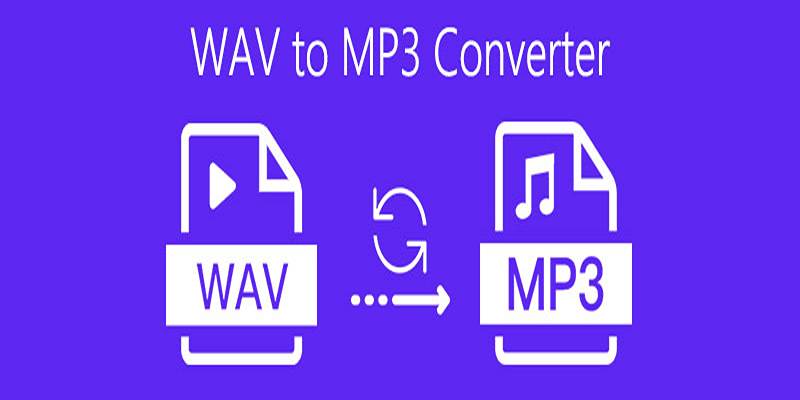
Step-by-Step Guide to Convert WAV to MP3 Online Without Any Loss
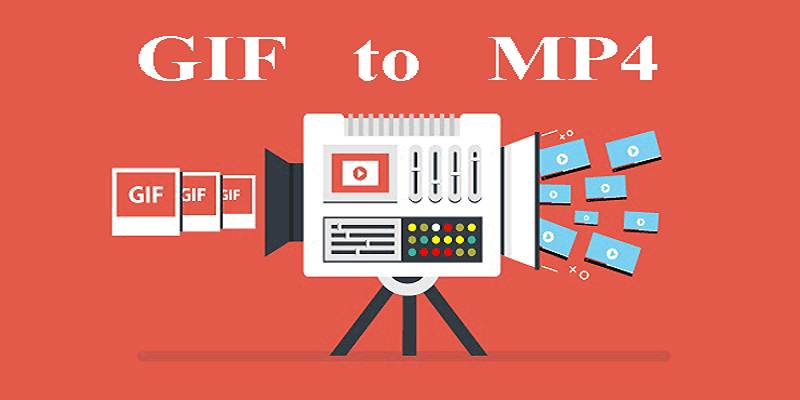
Quick Guide: Change GIFs to MP4 and Keep High Clarity and Speed

SkedPal vs. Motion: A Detailed Comparison to Find Your Perfect Scheduling App

2025’s Top AI Tools for Converting Images into Videos
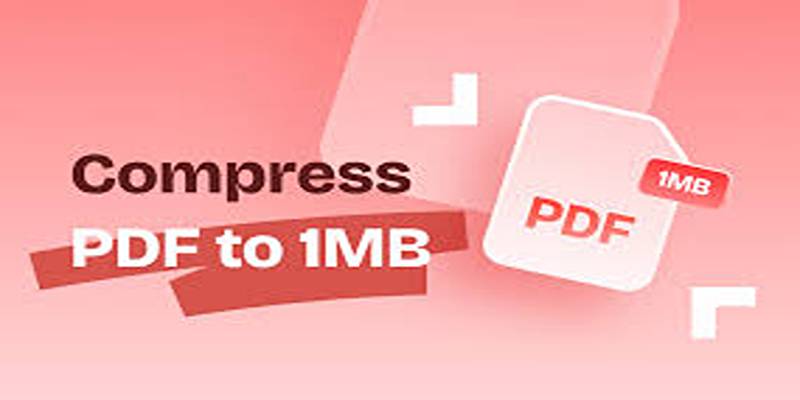
Compress PDF Files Under 1MB While Maintaining High Visual Quality
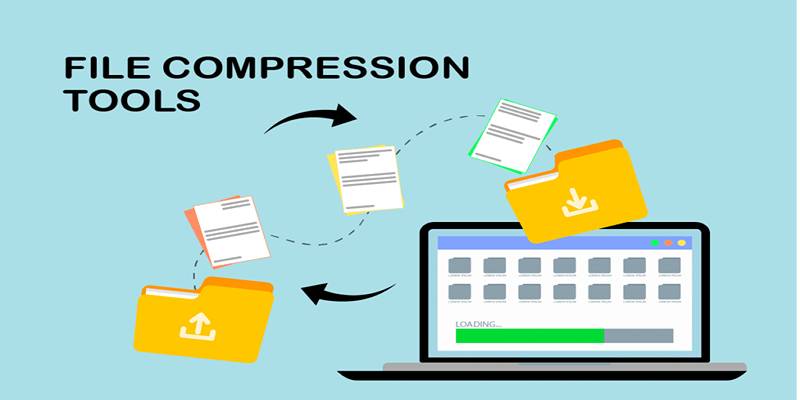
File Compression Software Guide for Windows and Mac You Can Rely On

Recover Deleted Files Easily with These Top Free Recovery Tools
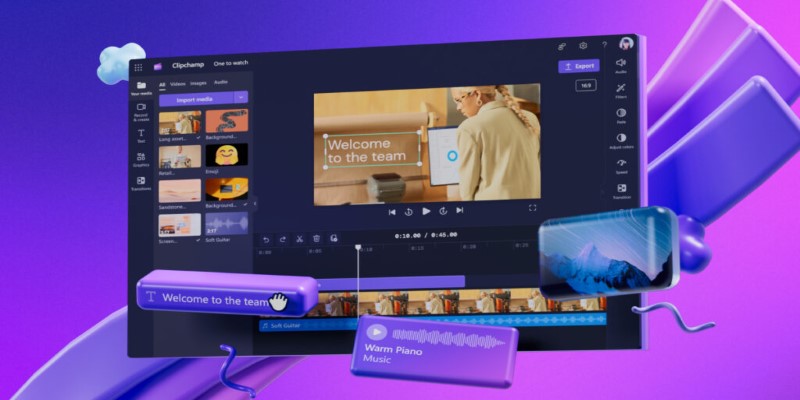
 knacksnews
knacksnews